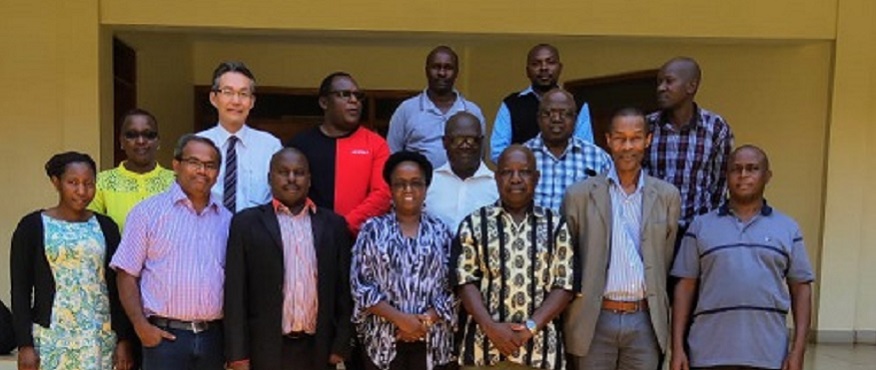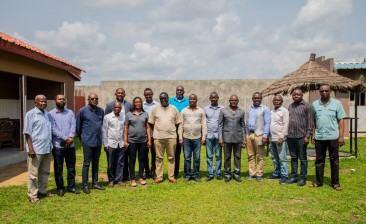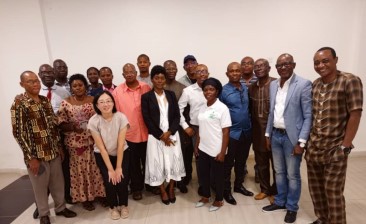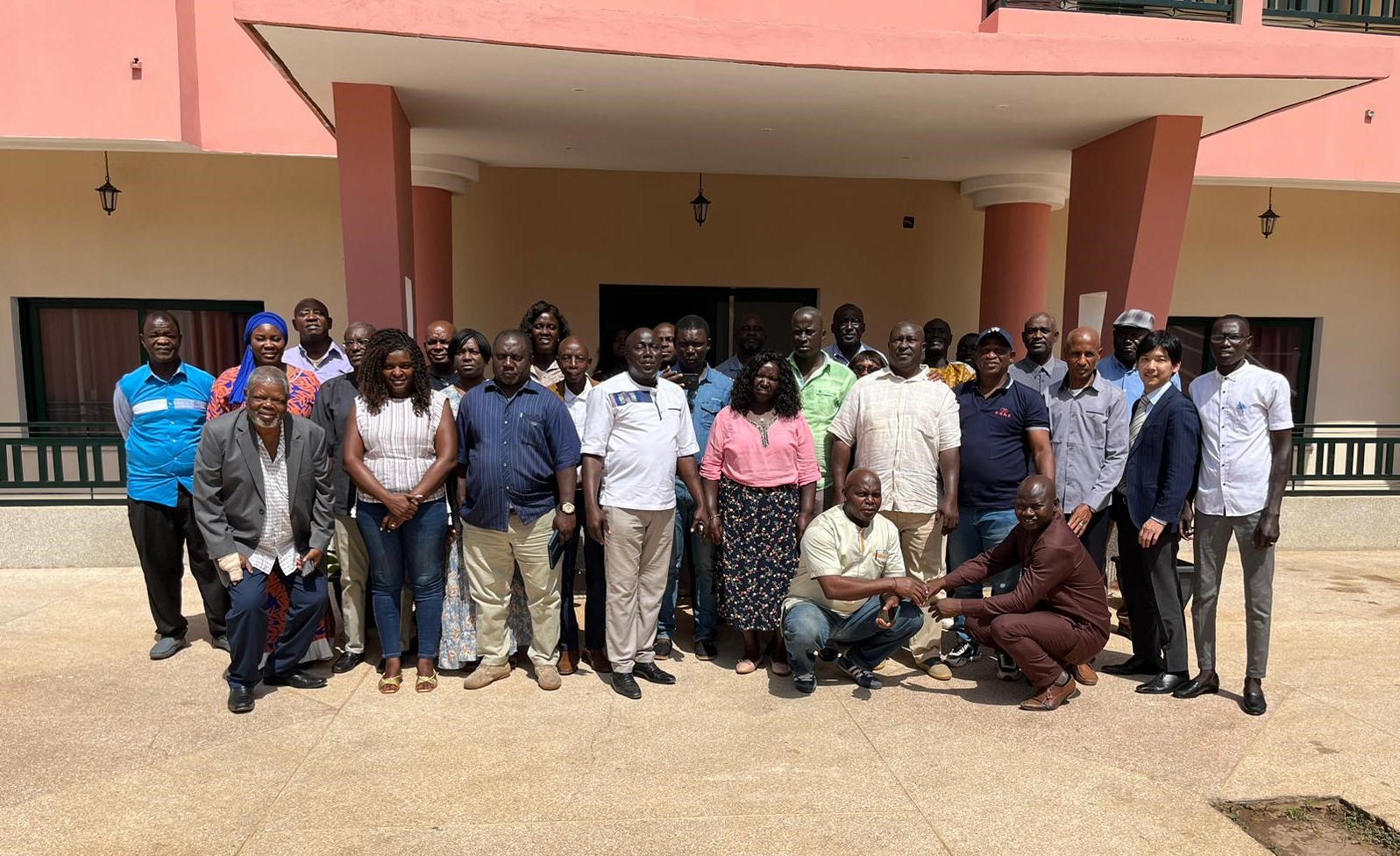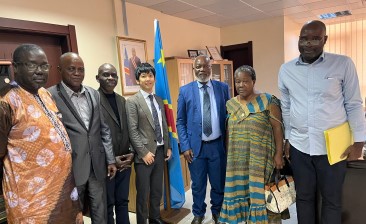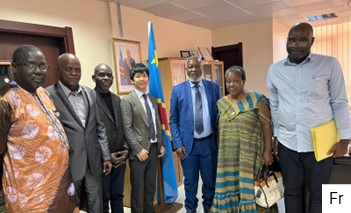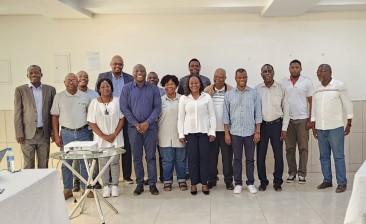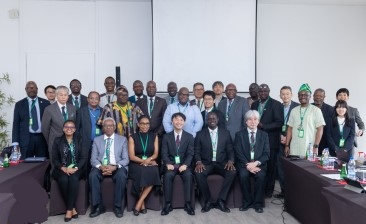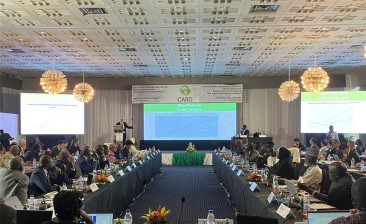Kenya, Feb 2019
2nd working week for NRDS revision was held in Thika, Kenya in February 2019
Rice is recognized by the Government of Kenya as one of the priority food crops. During the tenure of the National Rice Development Strategy (NRDS; 2008-2018); the local paddy production has increased over 5-fold from 21,881 tons in 2008 to 112,800 tons in 2017-18. To meet the fast-rising consumption demand however, milled rice is being imported by the local markets at an average of 509,000 tons of over the past 4 years. The government has committed to further increase the local rice production through a flagship Big-Four program, and has featured rice as an important food commodity under the Agriculture Sector Transformation and Growth Strategy (ASTGS). Since the first NRDS is about to expire, the Ministry of Agriculture, Livestock, Fisheries and Irrigation (MoALF&I) has set up a taskforce to renew and extend the NRDS (NRDS-2; 2019-2030). With support from the CARD, the taskforce assessed the current situation and generated potential targets, goals and strategic objectives for the NRDS-2 through a working week (WW-1) in July 2018. Subsequently the taskforce requested the CARD Secretariat to assist in developing a full strategic framework through a second working week (WW-2) so that the NRDS-2 can be documented.
The NRDS taskforce organized the WW-2 at the Horticulture Research Institute in Thika, Kenya during 25th February through 1st March, 2019.
About 11 members participated in the discussions through the participants discussed key approaches that are required to achieve each of the four strategic objectives identified during the WW-1. Since any intervention in the rice sector requires efficient functioning of the value chain segments to be successful, the participants set out the discussions on the various sub-sector segments. The participants discussed the current situation, challenges and possible solutions under the various rice value chain segments viz., the seed, fertilizer, irrigation and water management, mechanization, access to finance, access to market, grain quality improvement and agribusinesses along the rice value chain. To better understanding the complexities of the challenges and the proposed interventions under the NRDS-2, the participants used the CARD’s Value chain Intervention Element Matrix (VIEM) that will allow a comprehensive coverage of the interventions under policy, infrastructure, technology development, extension, financing and institutional structures.
After establishing the major approaches and interventions to achieve the strategic objectives (SO), the participants aligned them with that of the ASTGS, the overarching national agriculture sector development in Kenya. Although the ASTGS is still at the final stages of approval; the three anchors and nine flagship projects that constitute the implementation of the ASTGS are clearly established.
The participants then discussed institutional structures for executing the NRDS-2 and monitoring and implementation of the NRDS-2. It was agreed that Rice Promotion Program (RIPP) at the MoALF&I will serve as a Secretariat for all the rice-related institutions and organizations in implementing the NRDS-2. The RIPP will also coordinate the functioning of National Rice Technical Committee (NRTC) which in essence serves as a taskforce for governing the NRDS-2. The participants agreed that the NRTC will take the responsibility of monitoring and evaluating the implementation of the NRDS-2.
The participants represented various segments of the value chain (seed, irrigation, mechanization, extension, agronomy and research and development) and actively participated in the discussions on the advancement of the rice sector. The participants have planned to draft the NRDS-2 document through further discussions and wider consultations with the various rice stakeholders; before seeking an official approval of the strategies.
